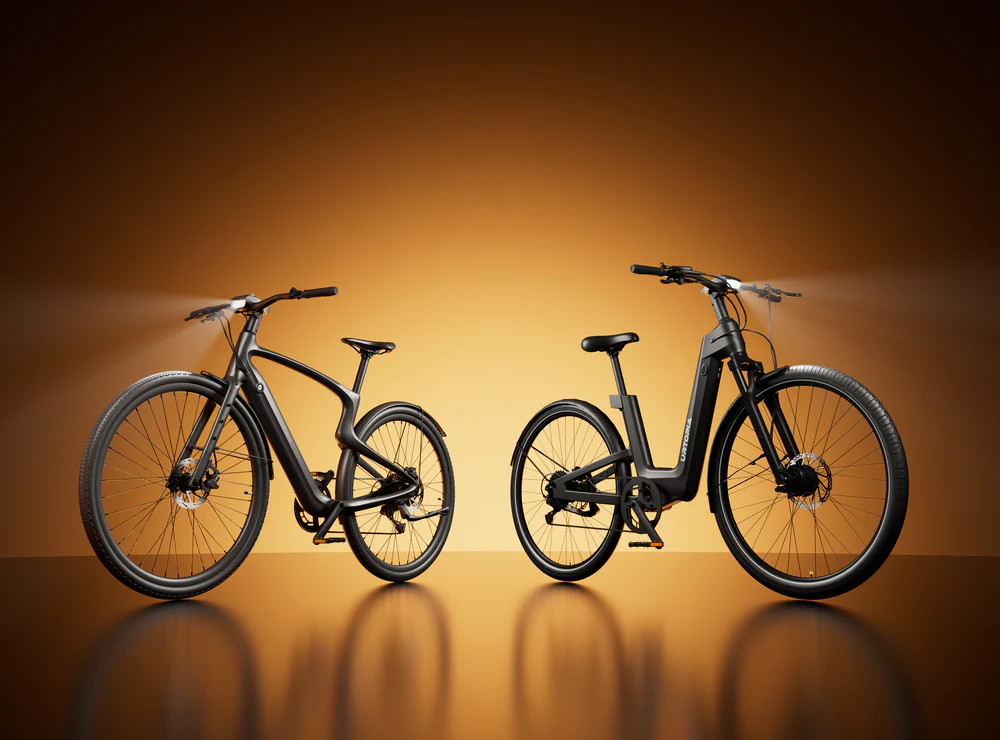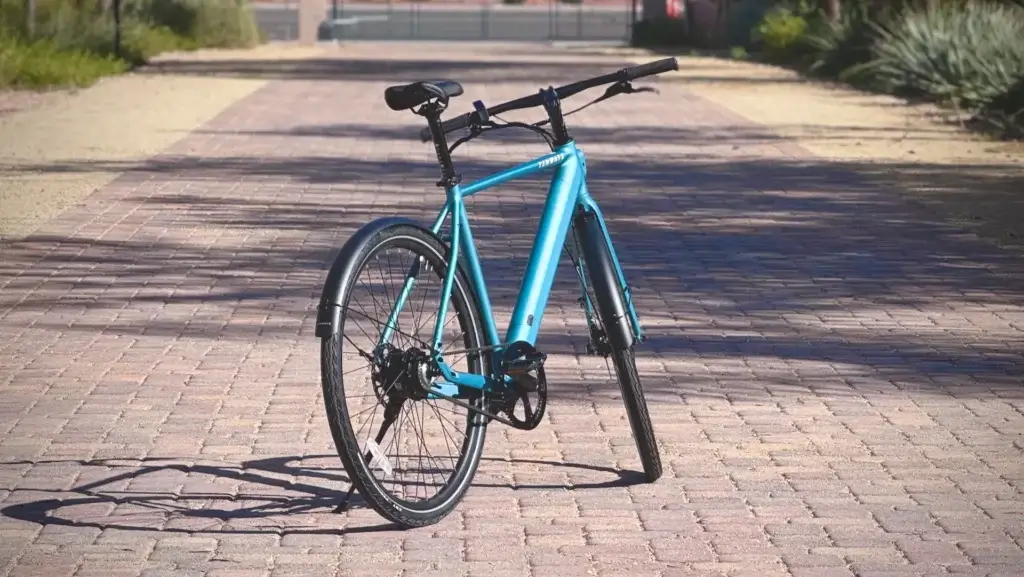The future of e-bikes has taken a 360-degree turn as e-mobility moves into the third dimension era. Recently, a team of European engineers has revealed a 3D e-bike with a revolutionary design. This 3D design is complemented with a 3D frame, lightweight material, and AI-assisted performance control. This is surely redefining how electric bikes are made and ridden.
The Rise of 3d Printed E-Bikes
Even though the 3D concept isn’t a new idea, in 2025, its level of precision and sustainability, with too many upgrades, has changed the way it’s perceived. Starting with the high-quality and tough aluminium to carbon fibre composites, it is now possible to get your e-bike frame ready in 5 hours. Fortunately, this can cut the traditional manufacturing waste by 60%.
Today, riders can get a 100% customised e-bike that suits their size and body shape. 3D movement can pose a threat to e-bike mass production.
According to the GT engineers, 3D e-bikes will make it easier to produce lighter, stronger, and more sustainable electric bikes in 2025. This e-bike is faster and has better performance compared to the traditional concept.
Smart Tech Meets Precise Engineering
Just like your mobile device, this newly integrated AI makes the 3D e-bike a manufacturing marvel. This integrated ride system enables riders to cover a significant distance without being distracted by the display. This is because it automatically adjusts its power output, battery usage, and torque, ensuring you enjoy your ride.
This integrated AI ride system is a display that syncs and connects with any of your smart devices for a detailed live diagnosis. Furthermore, you can also do complex route tracking and predictive maintenance.
They have a braking system that not only ensures the safety of riders but also supports a long-range performance of 120km. This is achieved by simply recycling the kinetic energy back into the battery.

Unique Design
Three-dimensional e-bikes are aesthetically pleasing as their frames feature seamless, organic lines. The addictive manufacturing offers a pristine appearance due to the absence of welding and joining.
With a weight of 13kg, they will comfortably maintain a lightweight status. The early testers of the 3D e-bike reported that it has exceptional stability and a comfortable feel while tested on a rough terrain.
A Leap Forward for Sustainability
3D e-bikes are one of the biggest game changers for sustainable schemes. Compared to the traditional electric bike that requires you to cut, paint, and weld, 3D printing waves all of this. Saving manufacturers from wasting significant resources.
With 3D printing, there is little to no wasted resources, as even outdated material is reborn into a new model.
Market Impact
The e-bike market keeps growing, and so far it has surpassed $51 billion in sales in 2025. Given this report, analysts have claimed that technology has also contributed to these sales.
Many manufacturers have also discovered that the way of 3D printing might be unstoppable in a few years. Specialized, VanMoof, and Crayon have reportedly made a 3D partnership. Could this be a sign that 3D has come to stay?
A prominent mobility expert, Sophie, commented during the World Mobility Conference that the “future is neutral and it is not about the expense, it is the value that it offers.” The 3D e-bike proves this statement, as it’s sustainable, innovative, and valuable.
Final Thoughts
3D E-bike remains the complete merger of technology and sustainability. It embodies everything you envisioned for what mobility should be. It shapes the culture of how e-bikes are built, designed, and used. A 3D e-bike supports a future where we don’t have to worry about negatively contributing to global warming.
With 2025 maintaining its status as the year of the smart e-bike, 2026 might be remembered as the years where 3D printing take over.



